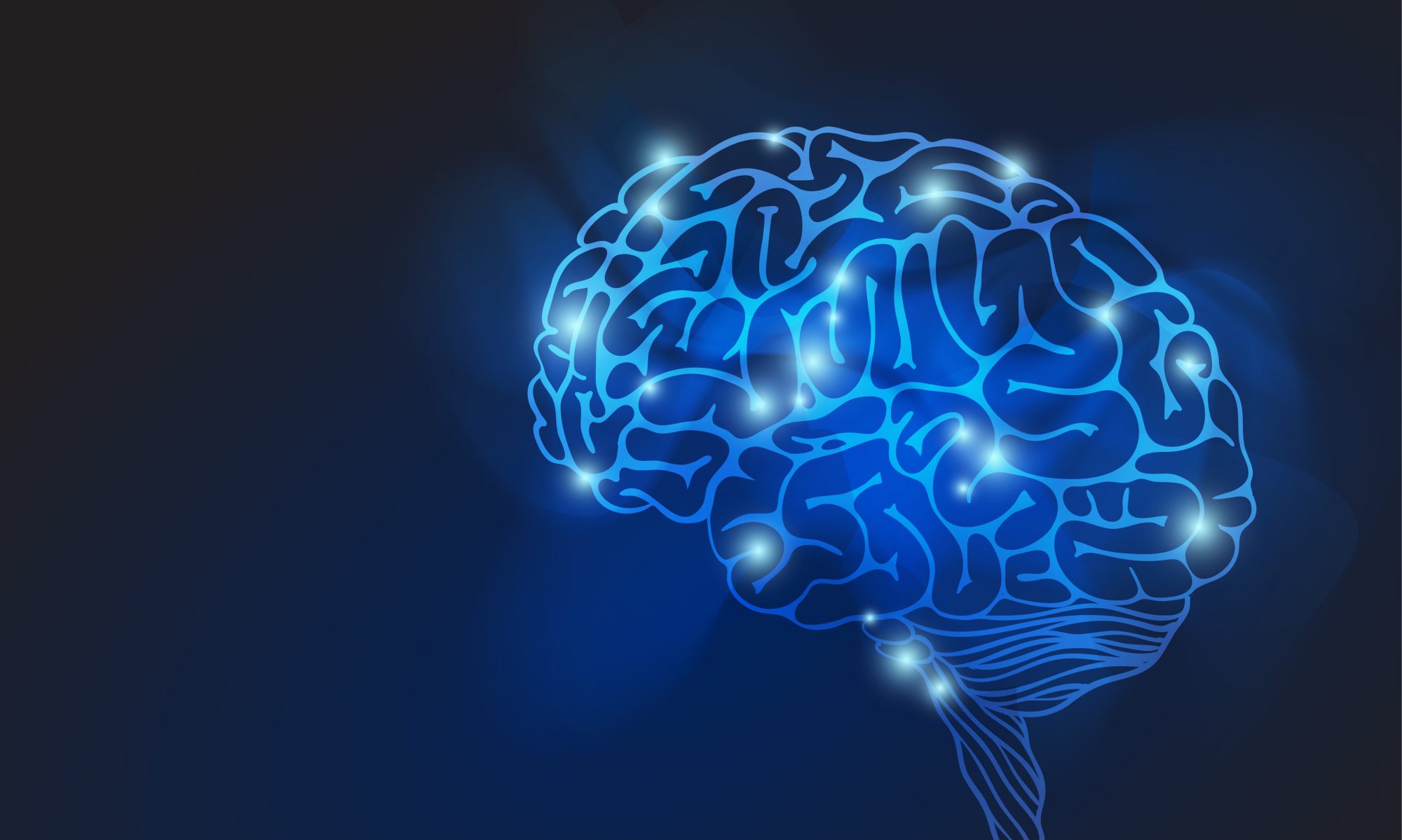MBM faculty continue to achieve new developments in research and advancing knowledge in their fields. Here are just a few recent developments that have made it into the news.
 Rashid Bashir, along with Brian Cunningham, and Yi Lu, have received NSF Rapid Response Research program grants, all of which aim to shorten the amount of time it takes to process a COVID-19 test. Bashir’s team has proposed the development of a point-of-care device that uses nasal fluid samples to detect the presence of COVID-19 within 10 minutes.
Rashid Bashir, along with Brian Cunningham, and Yi Lu, have received NSF Rapid Response Research program grants, all of which aim to shorten the amount of time it takes to process a COVID-19 test. Bashir’s team has proposed the development of a point-of-care device that uses nasal fluid samples to detect the presence of COVID-19 within 10 minutes.
The new test will electrically detect specific nucleic acid molecules associated with the SARS-CoV2-2 without the need to extract RNA from samples. This will simplify the test as a whole.
“Our approach can provide for a rapid electrical detection of the RNA amplification using graphene sensors and result in a miniaturized format for the test and also reduce the test’s total processing time,” said Bashir.
 Jonathan Sweedler’s Research Group has developed a new technique to measure the amount and distribution of lipids in rat brain samples. The technique can have potential applications in determining how the lipids change as a result of exposure to drugs of abuse.
Jonathan Sweedler’s Research Group has developed a new technique to measure the amount and distribution of lipids in rat brain samples. The technique can have potential applications in determining how the lipids change as a result of exposure to drugs of abuse.
Previous research in the field determined the lipid composition in a brain region, but not the localization or amount. The Sweedler Research Group refined a new technique called mass spectroscopy imaging that measures all three. “The technique allows us to look at a slice of a rat brain and figure out the locations of specific and unusual lipids,” Sweedler said.
The researchers hope that this technique will help them look at how the lipid composition changes in response to pain medicines and drugs of abuse. This may help in the search for alternatives to existing treatments for chronic pain.
 Hyunjoon Kong has been collaborating with Marni Boppart (a former Frontiers in MBM lecturer) in a study that demonstrates that “nanostimulators” — nanoparticles seeded with a molecule the body naturally produces to prompt stem cells to heal wounds — can amp up stem cells’ regenerative powers in a targeted limb in mice.
Hyunjoon Kong has been collaborating with Marni Boppart (a former Frontiers in MBM lecturer) in a study that demonstrates that “nanostimulators” — nanoparticles seeded with a molecule the body naturally produces to prompt stem cells to heal wounds — can amp up stem cells’ regenerative powers in a targeted limb in mice.
“We wanted to utilize the natural functions of the stem cells and the stimulating factors to address muscle ischemia locally,” said Hyunjoon Kong. Muscle ischemia, or damage to muscle from limited oxygen or blood supply, can result from multiple causes, such as injury to a limb or peripheral artery disease. Injecting stem cells can help with a patient’s recovery when muscles are damaged by lack of oxygen.
 Justin Rhodes led a study into two brain-signaling molecules that control how anemonefish dads care for their young and respond to nest intruders. Because there are many similarities in brain structure between fish and humans, the findings offer insight into the fundamental nature of parental care.
Justin Rhodes led a study into two brain-signaling molecules that control how anemonefish dads care for their young and respond to nest intruders. Because there are many similarities in brain structure between fish and humans, the findings offer insight into the fundamental nature of parental care.
Previous research focused on only one facet of parental care: either nourishment or defense. The new study aims to understand both aspects together in the presence of intruders. The researchers used inhibitory compounds, known as antagonists, to block the binding of arginine vasotocin or isotocin to their receptors in the brain. They injected these compounds into the abdomens of the fish. From there, the antagonists were carried to the brain through the blood.
“The results are similar to what we see in humans,” Rhodes said. “Oxytocin, which is the human version of isotocin, is known to be important for nurturing. Arginine vasopressin, which is the human version of arginine vasotocin, plays a role in social and affiliative behavior in the slightly different context of mating.”

